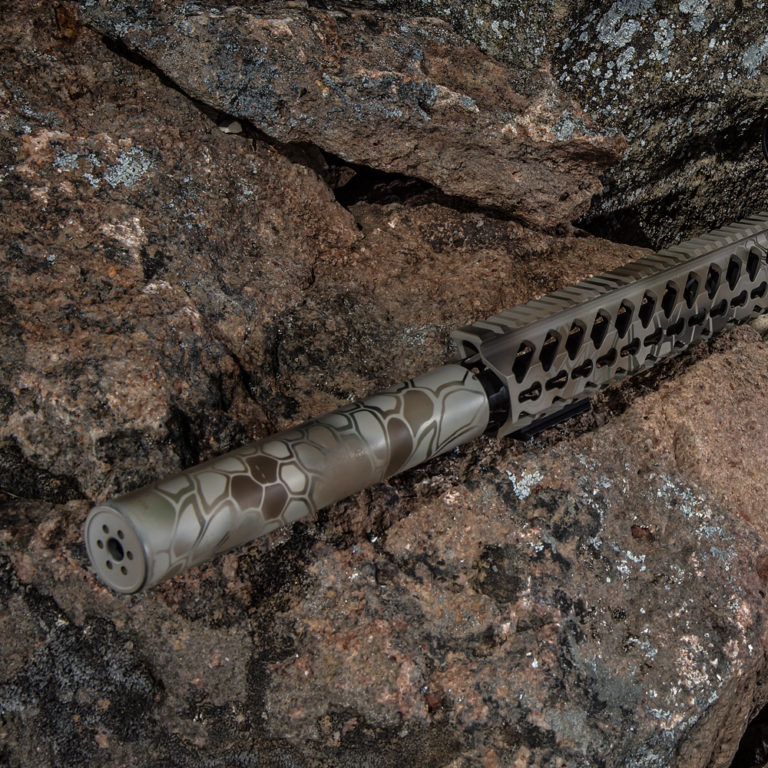
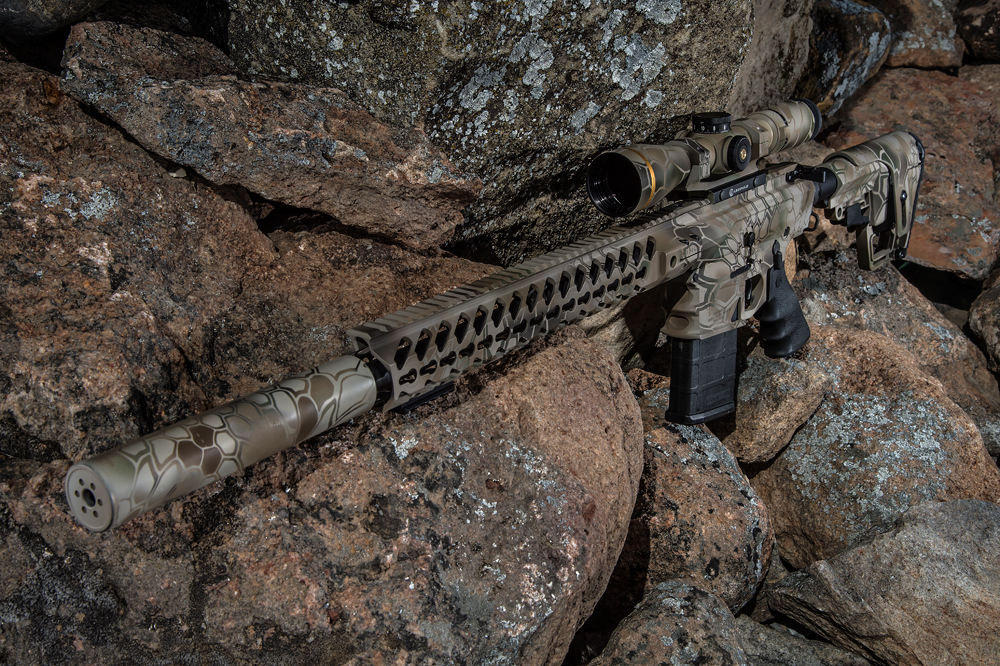
The story of the development of the modern day suppressor is an interesting, and very political one. Bone up on your suppressor history here.
The late 1800s and early 1900s were a period of unprecedented financial growth in the United States, a boom that rode squarely on the shoulder of the nation’s growing manufacturing sector. In the days prior to World War I, the United States was blessed with a combination of two factors—a large and growing work force with a strong work ethic and abundant natural resources—that made this nation primed to lead the global industrial revolution. But the growing economy brought with it some unexpected side effects. For one thing, the world got louder. Vehicles now moved freight and people, and trains ran endlessly to keep up with the demand for goods in the farthest reaches of the country. Busses moved lots of people to new jobs, trucks carried consumer goods to new department stores, and heavy equipment cleared the land. The money was flowing, but it was hard to hear yourself think.
Enter Hiram Percy Maxim. After graduating from MIT with a degree in engineering, Hiram began working in the automotive and firearms industries. To a large degree, guns were the family business—his father Hiram Stevens Maxim invented the Maxim Machine gun, and his uncle had a hand in the development of modern propellants used for ammunition production.
If you were picturing young Hiram Percy Maxim as some type of a firearms aficionado and primitive motorhead who loved to shoot and race cars, you’d only be half right. Sure, Maxim could shoot and drive, but he preferred working with radios (his true passion) and actually enjoyed the “perfection of fine horse carriages.” He found the noise of his busy new world distracting, and he planned to do something about that.
In 1908, Maxim developed a suppressor for firearms, a metal tube that was larger than the bore that allowed the bullet to pass through yet captured the escaping gases in chambers using internal metal baffles that allowed those gases to expand (relieve pressure) and cool. And since the bulk of the noise created by firearms is the result of those gases escaping at high speed from the muzzle, the sound of a shot was muffled. Hiram called this new invention the “Maxim Silencer,” and the name stuck. The bulk of people in modern American society only know a suppressor as a silencer, and that basic (though not quite accurate) understanding comes via Hollywood cinema, not the best source for factual information on firearms.
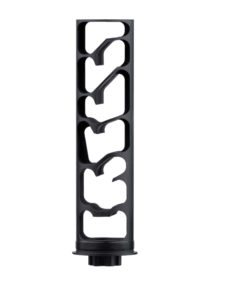
Maxim engineered a similar (at least in general concept) suppressor for vehicles, and that became what we commonly refer to today as a muffler. And although the modern automobile muffler has become commonplace—and in many areas you’ll be ticketed if you don’t have one—his firearm suppressor design did not meet with such widespread appeal. The suppressor came to be viewed, at least in this country, as a weapon reserved for covert law enforcement operations and well-heeled criminal types, mostly mobsters who wanted to off someone without alerting the authorities. Those were never the primary objectives for Maxim, who billed his Silencer as a great tool for shooting around the house where you didn’t want to annoy neighbors while simultaneously marching yourself one step closer to total deafness with each successive shot. Other countries caught on to that, and in some areas where it’s a complicated matter for a private citizen to even own a gun, suppressors are quite common. In Europe, it’s gauche to hunt or shoot without a suppressor, and in southern Africa, where firearms laws can be quite stringent, hunting with suppressors is viewed as a courtesy in much the same way that it would be considered rude in this country to drive down main street with a car that didn’t have a muffler.
In 1934, the National Firearms Act (NFA) placed a tax on certain firearms and required owners to register the item and purchase a stamp, which cost $200. Suppressors were under the NFA umbrella, and it was suddenly far more difficult to purchase one than it had been previously. That didn’t mean it was impossible, and suppressors weren’t (and aren’t) “illegal” as some people believed.
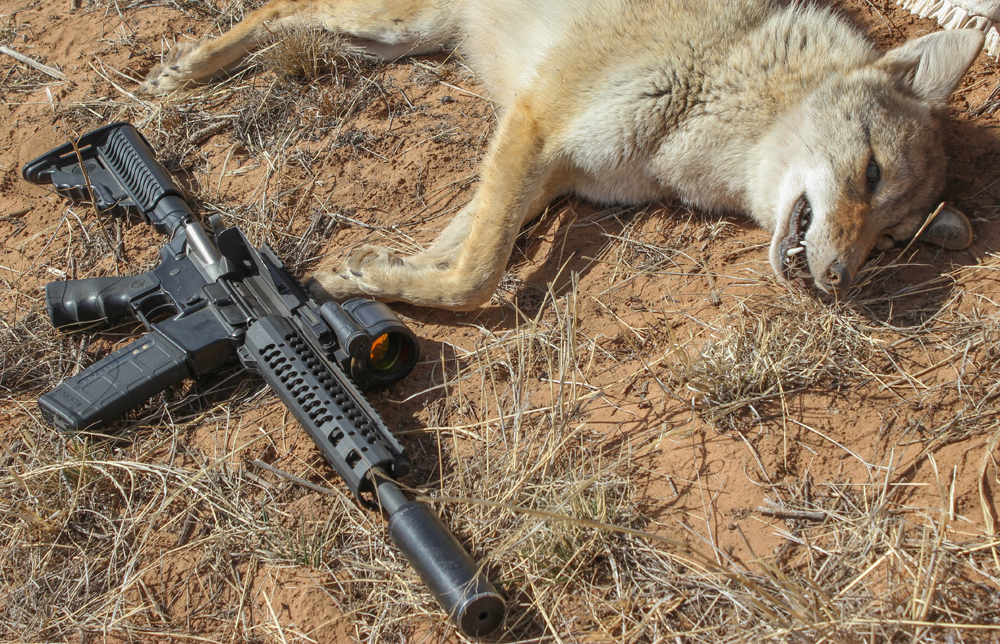
The notion that suppressors were illegal and were tied to crime has served Hollywood well, and over the last 100 years the general public’s views on suppressors have largely been shaped by cinematic representation or, rather, misrepresentation of these firearms accessories. For starters, films and television have made most Americans believe that the sound created by a silencer is the all-to-familiar digitized water drop that is a product of Hollywood. In truth, the average centerfire rifle produces between 140 and 170 decibels without suppression. When suppressed, that number drops to (depending on the model) somewhere in the 120s or 130s. That’s quieter, yes, and the sound differs from the typical crack of a firearm, but it’s hardly the whisper of death that we see on the big screen (120 dBs is roughly equivalent to a rock concert). A suppressor still makes noise, but OSHA standards for maximum safe impulse noise levels is 140 decibels, and most suppressors will take you below that. That doesn’t promise that the noise produced by a suppressed firearm will never reach damaging levels, but the damage is far less than what you’ll experience with an unsuppressed gun.
With Hollywood’s hijacking of the suppressor’s reputation, it’s no wonder that it has taken so long for suppressors to become popular with mainstream shooters, but thankfully over the past decade more and more shooters are realizing they can own a suppressor and there are many benefits to doing so. And while the basic suppressor design hasn’t changed a great deal since Maxim’s day, modern machining and the use of better alloys has allowed the growing number of suppressor companies to produce superior products for a wide variety of guns. As a result, more firearm models are being added with threaded barrels so that suppressors can be easily installed.
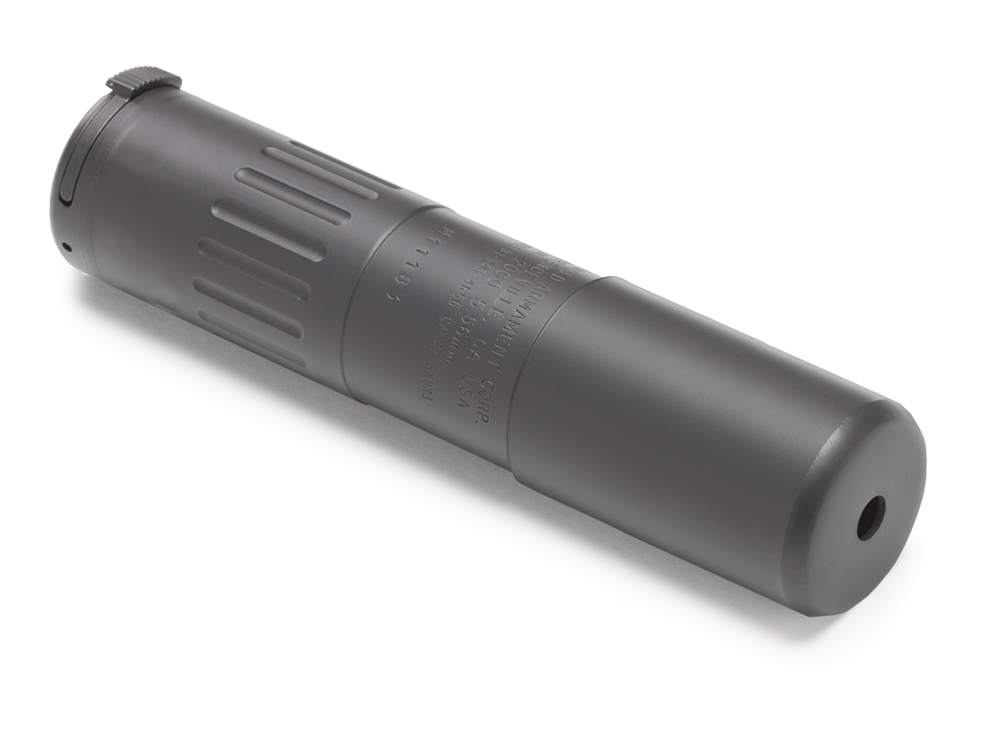 The current rise in the popularity of suppressors really began in the mid-twentieth century. There were a handful of brands making cans, primarily for military applications, but the cost of processing, coupled with the need for NFA paperwork, didn’t make suppressors as appealing to the general public as they are today. That changed, however, with better machining techniques in the mid-to-late twentieth and early twenty-first century, when improved metal alloys and better machining practices made precision machining more affordable.
The current rise in the popularity of suppressors really began in the mid-twentieth century. There were a handful of brands making cans, primarily for military applications, but the cost of processing, coupled with the need for NFA paperwork, didn’t make suppressors as appealing to the general public as they are today. That changed, however, with better machining techniques in the mid-to-late twentieth and early twenty-first century, when improved metal alloys and better machining practices made precision machining more affordable.
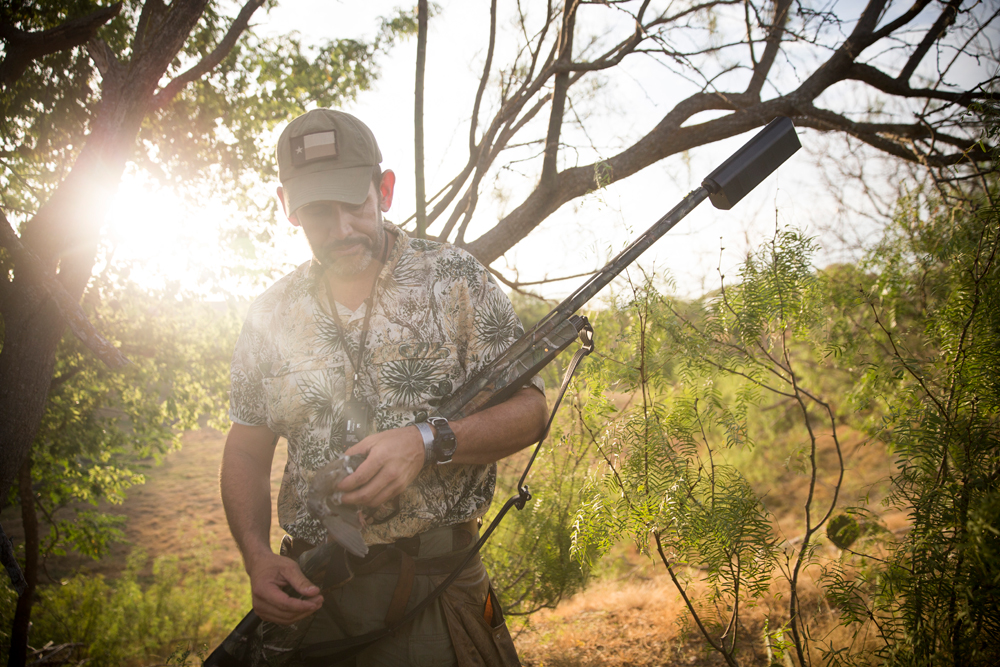
There was also a growing interest in suppressors driven in no small part by hunters who had used them in other parts of the world and who couldn’t understand why they weren’t widely available here. Military-minded suppressor companies began looking at the civilian market (Idaho-based Gemtech, founded in 1993, is an example; Gemtech’s parent company had been producing silencers since the 1970s). During the past two decades, a number of other companies have developed new suppressors for the civilian market, companies like Liberty, SilencerCo, AAC, Yankee Hill, Dead Air and Wilson Combat.
The most significant advancement in suppressors in recent memory might be the widely supported push to see that the Hearing Protection Act, which is supported by the NRA, NSSF and companies like SilencerCo, become law. In 2008 the Brady Campaign stated that, “a silencer is useful to assassins but clearly has no purpose for sportsmen. Silencers are also illegal.” Turns out that neither of those statements is true, and the biggest news in silencers in recent memory is that the rest of the world is learning that you can’t believe everything you hear.
This article is an excerpt from the November 2016 issue of Gun Digest the Magazine.

Next Step: Get your FREE Printable Target Pack
Enhance your shooting precision with our 62 MOA Targets, perfect for rifles and handguns. Crafted in collaboration with Storm Tactical for accuracy and versatility.
Subscribe to the Gun Digest email newsletter and get your downloadable target pack sent straight to your inbox. Stay updated with the latest firearms info in the industry.

![Best Concealed Carry Guns In 2025 [Field Tested] Wilson Combat EDC X9S 1](https://gundigest.com/wp-content/uploads/Wilson-Combat-EDC-X9S-1-324x160.jpg)


![Best 9mm Carbine: Affordable PCCs [Tested] Ruger Carbine Shooting](https://gundigest.com/wp-content/uploads/Ruger-Carbine-Shooting-100x70.jpg)
![Best AR-15: Top Options Available Today [Field Tested] Harrington and Richardson PSA XM177E2 feature](https://gundigest.com/wp-content/uploads/Harrington-and-Richardson-PSA-XM177E2-feature-100x70.jpg)

Where can you get a shot gun suppressor